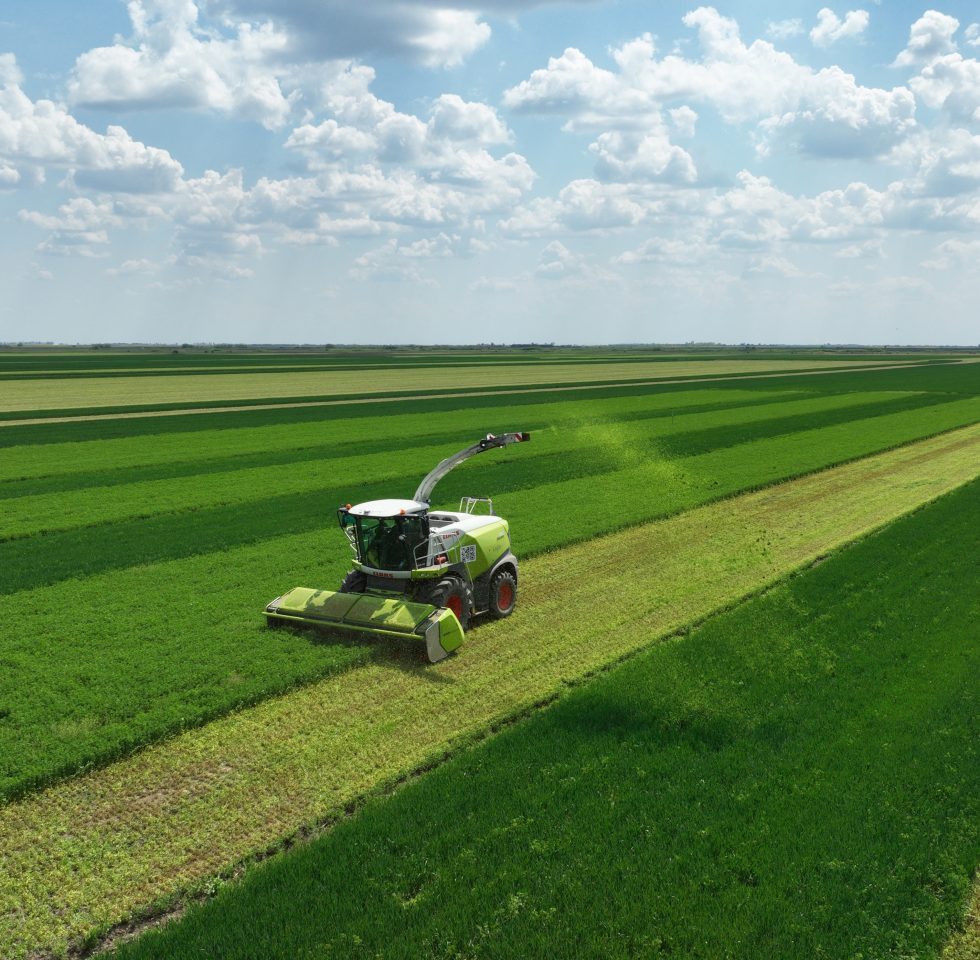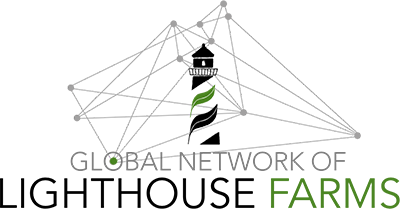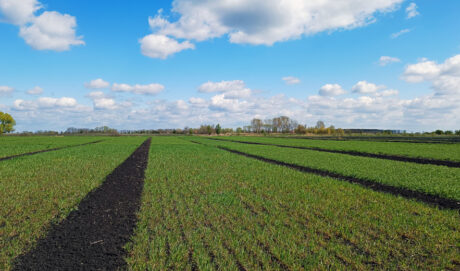Drastic price increases for mineral fertilizers reinforced the importance of nitrogen alternatives for agricultural production. Luckily, alternatives exist.
The drastic increase in the price of energy sources and mineral fertilizers during 2022 once again reinforced the importance of alternative sources of nitrogen for agricultural production. Luckily, these alternatives exist and are found in the form of crops for green fertilization, whose primary purpose is to provide nutrients for the next crop.
Stay informed with our latest sustainable farming insights and exclusive content. Subscribe now.
Green manure isn’t something new. Farmers discovered this technique back in ancient times, but nowadays green fertilizers are among the environment protection trends that help the agricultural industry shift towards organic farming through preserving resources and satisfying food demand.
Why are green manure fertilizers so important?
Industrial agriculture implies a high specialization of production, the mass application of mineral fertilizers and pesticides, as well as the use of powerful, excessively heavy machinery. This method increased soil compaction and degradation of the soil structure, and has caused serious environmental consequences on a global level. Already, 52% of agricultural land is moderately or severely affected by land degradation. This could affect a 12% drop in the productivity of the global food production system over the next 25 years, and lead to a 30% increase in food prices. The conclusion of numerous studies is that current farming methods are simply not sustainable in the long term.
LoginEKO has been among those seeking ways to switch to effective organic farming. We are developing a production model that will exclude any pollution of underground and surface water, or soil degradation – and at the same time air pollution will be reduced significantly compared to what happens with industrial agriculture. Our model is based on the cultivation of legumes in order to provide green manure fertilizers, and implies the complete omission of artificial fertilizers and a pesticide-free agriculture. This improves soil fertility, while simultaneously providing enough elements of mineral nutrition for plants, primarily nitrogen.
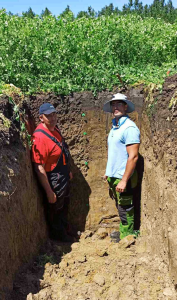
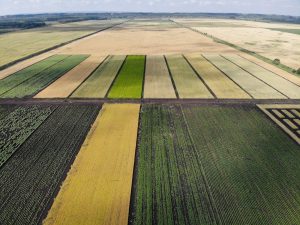
What works for us
Most of our land is in Banat, Serbia, whose continental climate means hot summers and cold winters. The average annual temperature is 10.9° C. In January, the average temperature is –1° C and in July it is 21,6° C. Annual rainfall is 583 mm, and there are 122 rainy days . The land at our disposal belongs to the category of heavy clay soils, rich in organic matter, of slightly acidic pH reaction, reduced water permeability, and as such is suitable for growing mainly arable crops.
What we produce is used exclusively for either human consumption or green fertilization. For the latter, we most often use plants from the leguminous, cabbage, and grass families. What these have in common is fast growth, short vegetation period, ability to quickly occupy vacant land, and they provide good competition against weeds. At LoginEKO, winter peas and alfalfa are the most represented as green fertilizers, while fodder sorghum, Sudan grass, buckwheat, and forage kale occupy a slightly smaller area.
In our soil improvement efforts, to be able to pursue organic farming, we try different green fertilization scenarios depending on the primary goal of production. This may be to provide nitrogen for the next crop, prevent the leaching of nutrients into the deeper layers of the soil, repair the structure and reduce soil compaction, increase the efficiency of carbon sequestration, reduce the greenhouse gasses emission from the soil, prevent soil erosion, increase biodiversity and landscaping, or prevent crop contamination from neighboring farms. We chose the specific plant species and determined the method of production according to the scenario we chose. The timing of sowing is of particular importance, especially in the semi-arid conditions of the Banat.
We’ve developed five crop usage scenarios so far:
- Leguminous cover crop sowing: after winter cereal harvest, the harvest residues are mulched, the soil is shallowly cultivated, and leguminous seeds are sown.
- Cultivation of winter peas for green fertilization in crop rotation: using winter peas as the main source of N, and subsequent sowing of non-leguminous crops to prevent possible leaching of mineralized nitrogen.
- Introduction of legumes for grain production into the cropping structure: the nitrogen-rich crop residues are shredded and incorporated into the soil.
- Intercropping of legumes with main crops: peas or alfalfa are sown in established crops of winter stubble or sunflowers.
- Cut and Carry: development of technology for the production and use of multi-cut, perennial crops (alfalfa or red clover) in the form of silage.
We share what we learn
Each of the scenarios has some challenges and is not applicable on every kind of soil and in every climate without prior adjustment to local conditions. We’ve already worked on solutions and are happy to share them with you in our articles and other materials. Even if green fertilization is an effective solution, it’s rarely applied in Serbia, where our farm is located. The most common reason is the insufficient amount of precipitation after harvesting winter stubble. Another reason is the producers’ low awareness of the negative consequences of omitting fertilization with organic matter, together with easy application of mineral fertilizers, which, until recently, also had a relatively acceptable price.
LoginEKO’s aim is to change this. We want to share our verified solutions free-of-charge to the domestic and international scientific and professional public. We want to create an environment of interest for current conventional producers to switch to an organic production system, which will have a great economic and ecological impact.
So stay tuned for our next article, which will explain everything you need to know about crop usage scenarios in enough detail. And we don’t stop here. We are developing a concrete tool that will help you introduce green manure fertilizers into your sustainable farming, and we will present it to you by the end of the year. It will help you make the right decisions on green manure since it is being developed on a proven, science-based formula. The nitrogen status produced by green manure legume crops can be used to make informed decisions about fertilizer application rates for the subsequent crop or to enhance crop rotation. We believe that by promoting soil health and increasing crop productivity, green manure legume crops are a valuable addition to any farming system, both organic and conventional.
If you want to dive deeper into the subject you can check our scientific article on the subject.
***
SOURCES:
